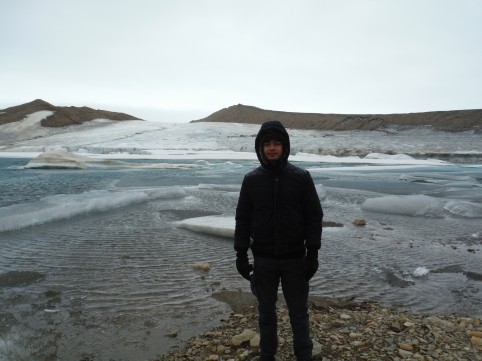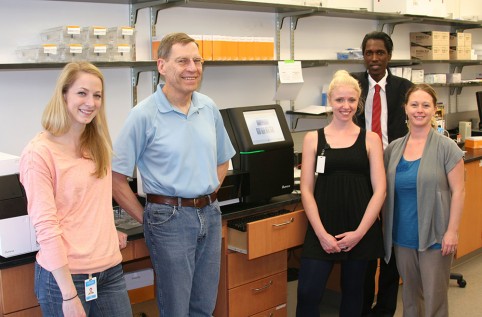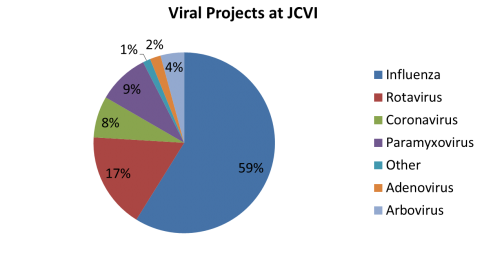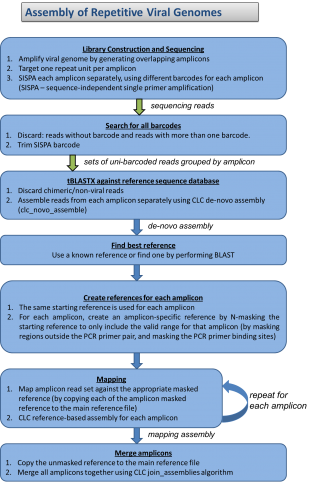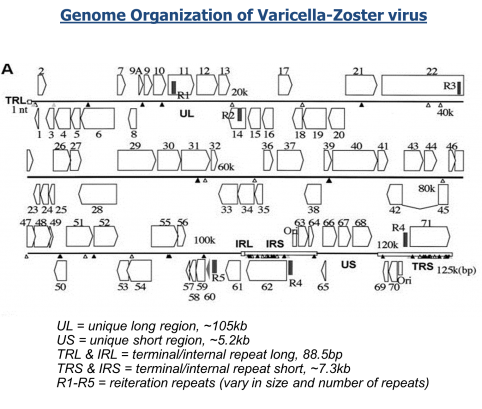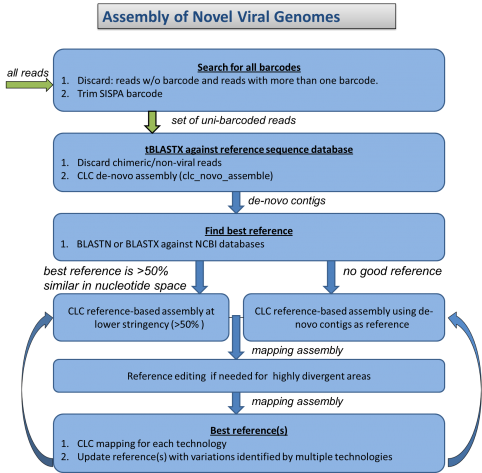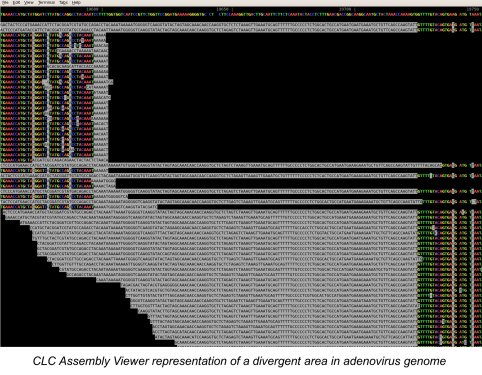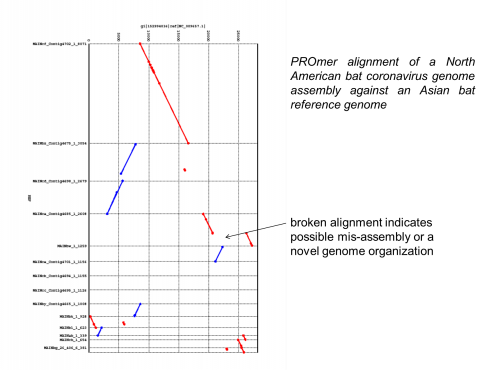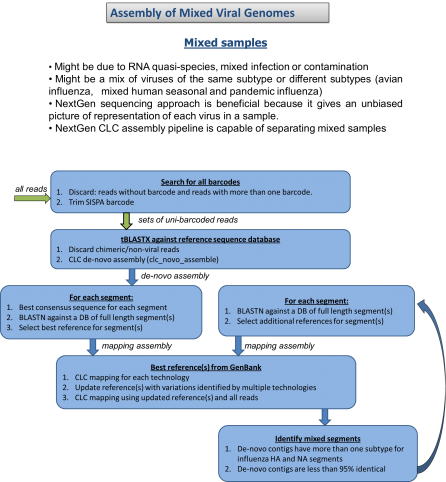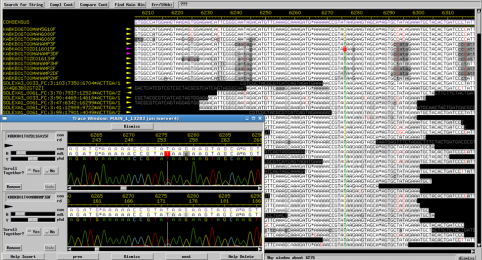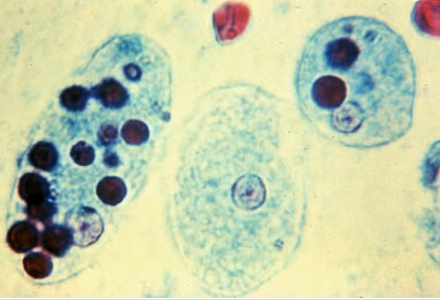Sequence data from the previous year allowed us to determine the overall microbial population in each site and this year we decided to focus on the Rich Lake site which seem to have representation of nearly all microbes found in the other sites. So lucky for us we only had to work on one site this year rather than six. This in itself had me excited to go back to Thule. After a five-hour flight on a military plane from BWI I finally arrived to Thule Greenland where we were greeted by the Colonel as well as other high ranking military officials at the hanger. Once I cleared the customs processing area, I arrived to the dorm where the other scientists were living. It was a little different from last year’s accommodations but nevertheless the luxuries of WI-FI, Internet and cable TV were all available. As I am anxious to get to the field and see the changes in the Rich Lake site, we were given some interesting news. That day was not a good day to travel to the site because a mother polar bear and her two cubs were spotted nearby not too long ago by military police. However, we managed to get other work done by preparing the schedule for the sampling, cultivation and other labwork.
The next few days consisted of preparing culture media, cultivation traps and diffusion chambers, and going out into the field (polar bear spray in hand; yes it’s a real thing!). We were extra careful in the field since there was quite a bit of fog in the area that did not seem to go anywhere and fog happens to be the same color as polar bears. The fog did however make it a bit easier to sleep since most of the sunlight was covered and when there’s 24 hours of daylight from mid-April until September, a little fog can still serve a purpose.


